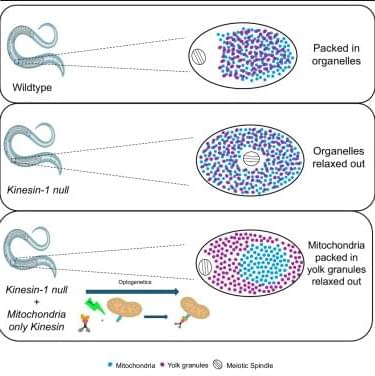This may be the next big pandemic not for birds but for humans as it has crossed the barrier to affect humans now.
View all access options to continue reading this article.
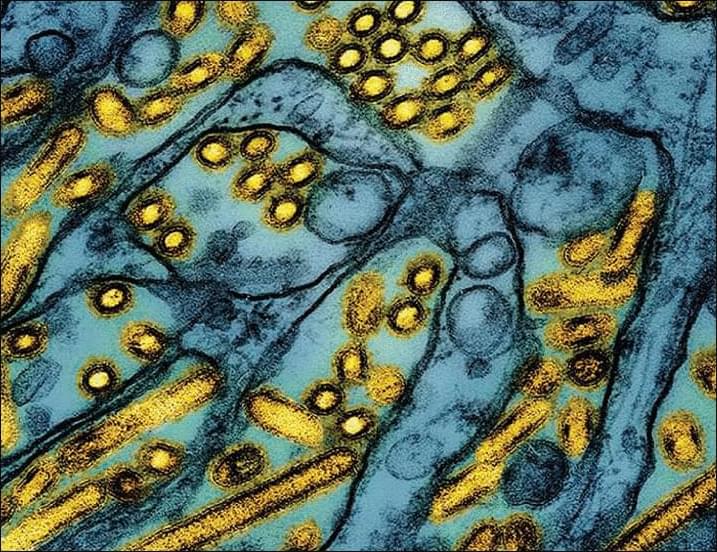
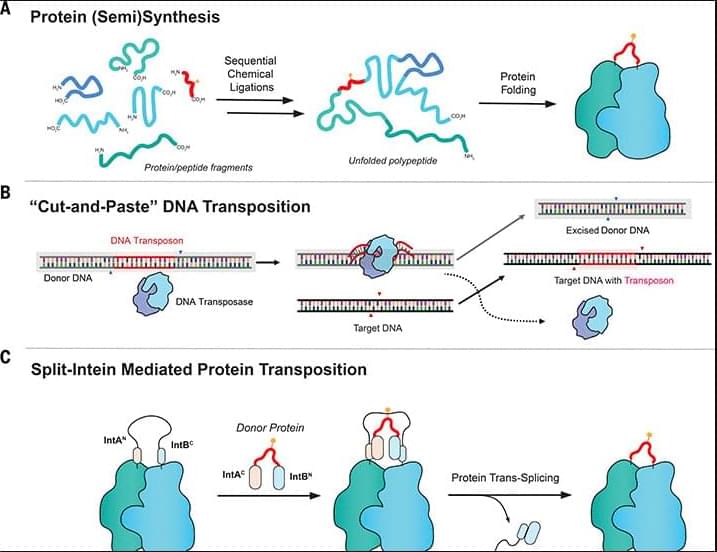
Protein engineering through the ligation of polypeptide fragments has proven enormously powerful for studying biochemical processes. In general, this strategy necessitates a final protein-folding step, constraining the types of systems amenable to the approach. Here, we report a method that allows internal regions of target proteins to be replaced in a single operation. Conceptually, our system is analogous to a DNA transposition reaction but uses orthogonal pairs of engineered split inteins to mediate the editing process. This “protein transposition” reaction is applied to several systems, including folded protein complexes, allowing the efficient introduction of a variety of noncoded elements. By carrying out a molecular “cut and paste” under native protein-folding conditions, our approach substantially expands the scope of protein semisynthesis.
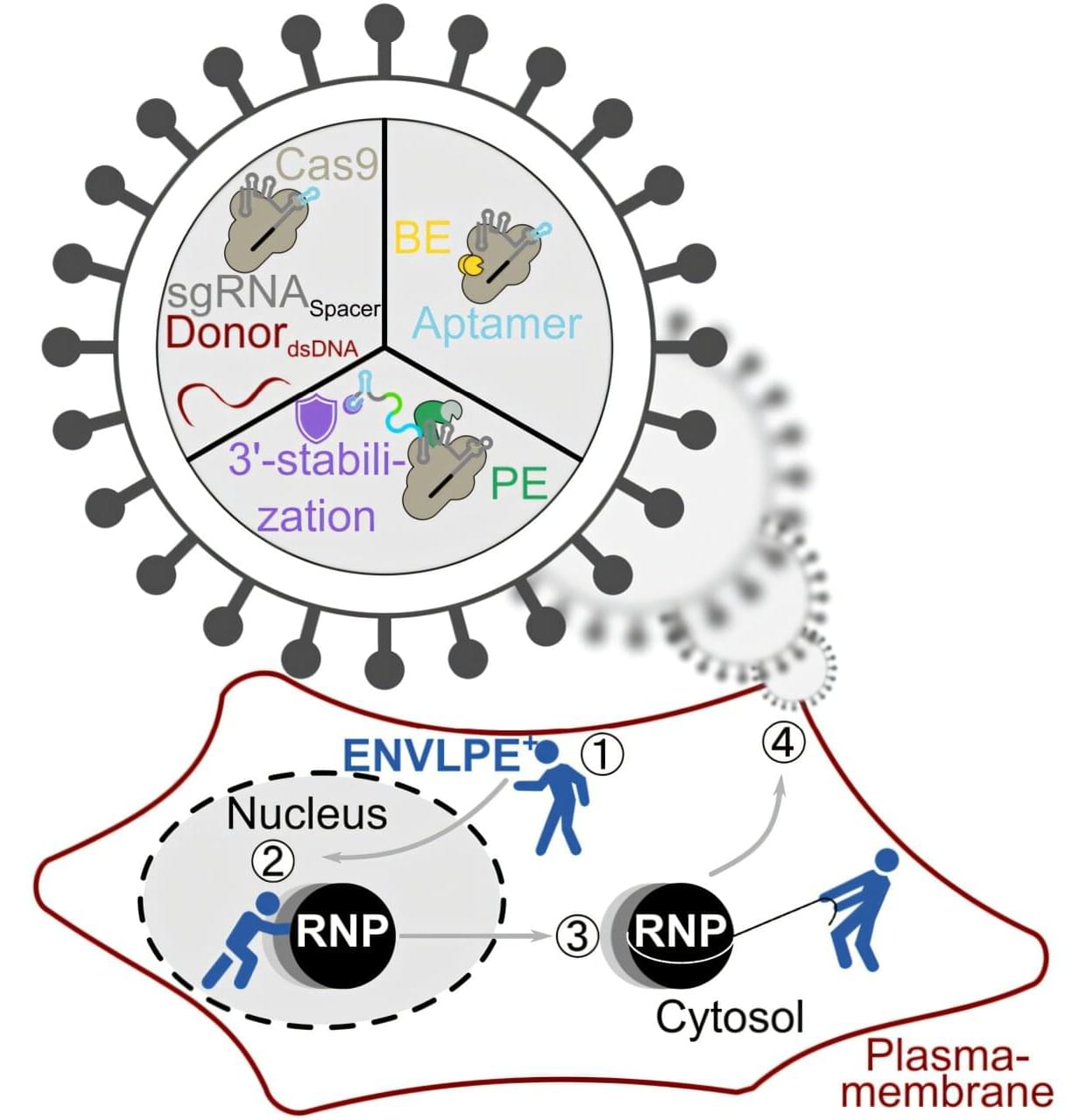
A research team from Helmholtz Munich and the Technical University of Munich has developed an advanced delivery system that transports gene-editing tools based on the CRISPR/Cas9 gene-editing system into living cells with significantly greater efficiency than before. Their technology, ENVLPE, uses engineered non-infectious virus-like particles to precisely correct defective genes—demonstrated successfully in living mouse models that are blind due to a mutation.
This system also holds promise for advancing cancer therapy by enabling precise genetic manipulation of engineered immune cells, making them more universally compatible and thus more accessible for a larger group of cancer patients.
The work is published in the journal Cell.
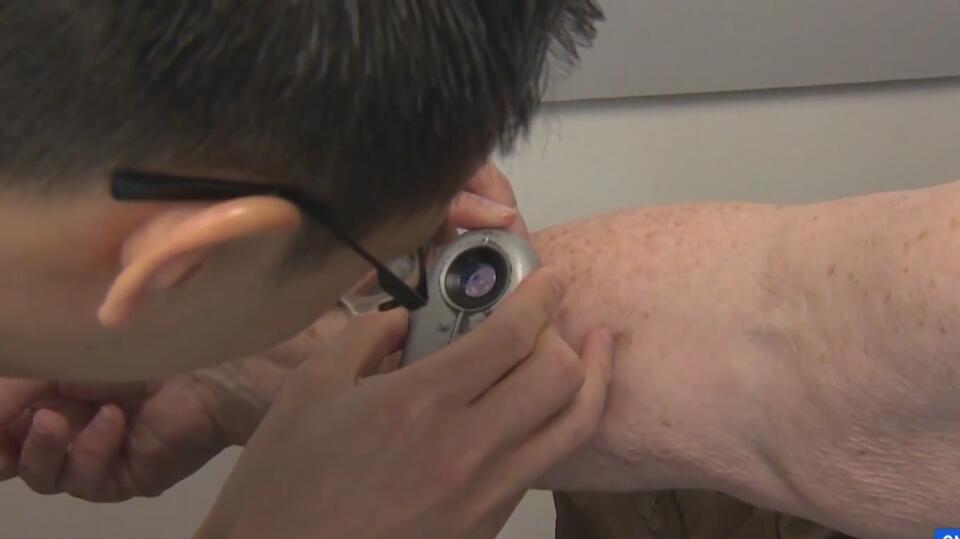
Health care providers can use small devices to hover over moles or lesions and immediately check for common skin cancers, such as melanoma and basal cell carcinoma.
The most significant benefit is that health care professionals who do not specialize in dermatology could perform these checks during a routine visit, making early detection easier and quicker.
Skin cancer is the most common form of cancer in the United States, with one in five Americans expected to be affected in their lifetime, according to the City of Hope Cancer Center.
Stanford Medicine scientists have rebuilt, in laboratory glassware, the neural pathway that sends information from the body’s periphery to the brain, promising to aid research on pain disorders.
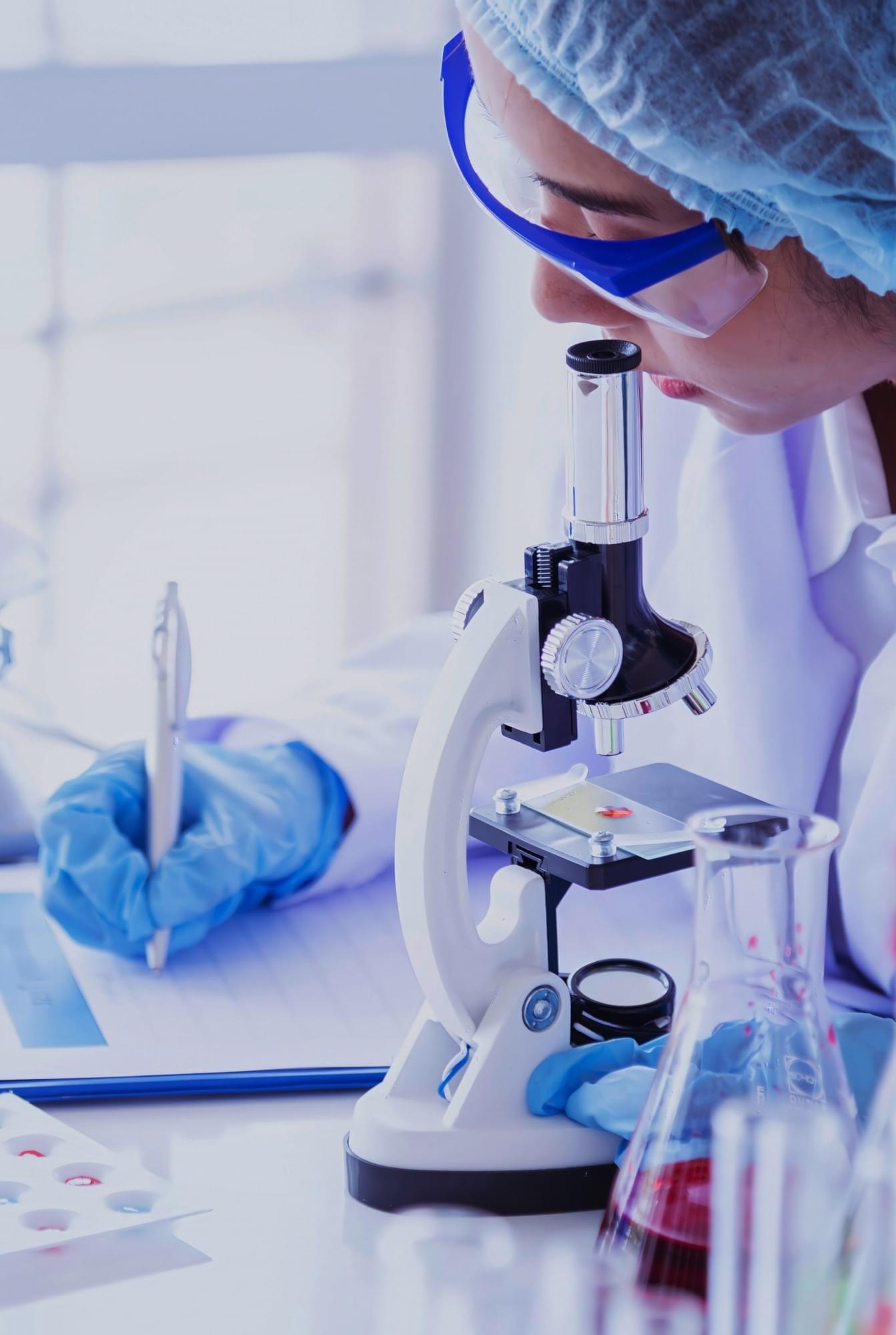
MXenes are a class of two-dimensional transition metal carbides noted for their high conductivity and biocompatibility. These properties make them promising candidates for biomedical applications.
In this study, the researchers focused on the electrochemical and nanozymatic properties of MXene in order to enhance cancer treatment through electrical pulse therapy.
A new study shows that MXene-based nanozymes enhance cancer treatment by combining catalytic activity with electrical pulses, increasing tumor cell death and modulating immune response pathways.
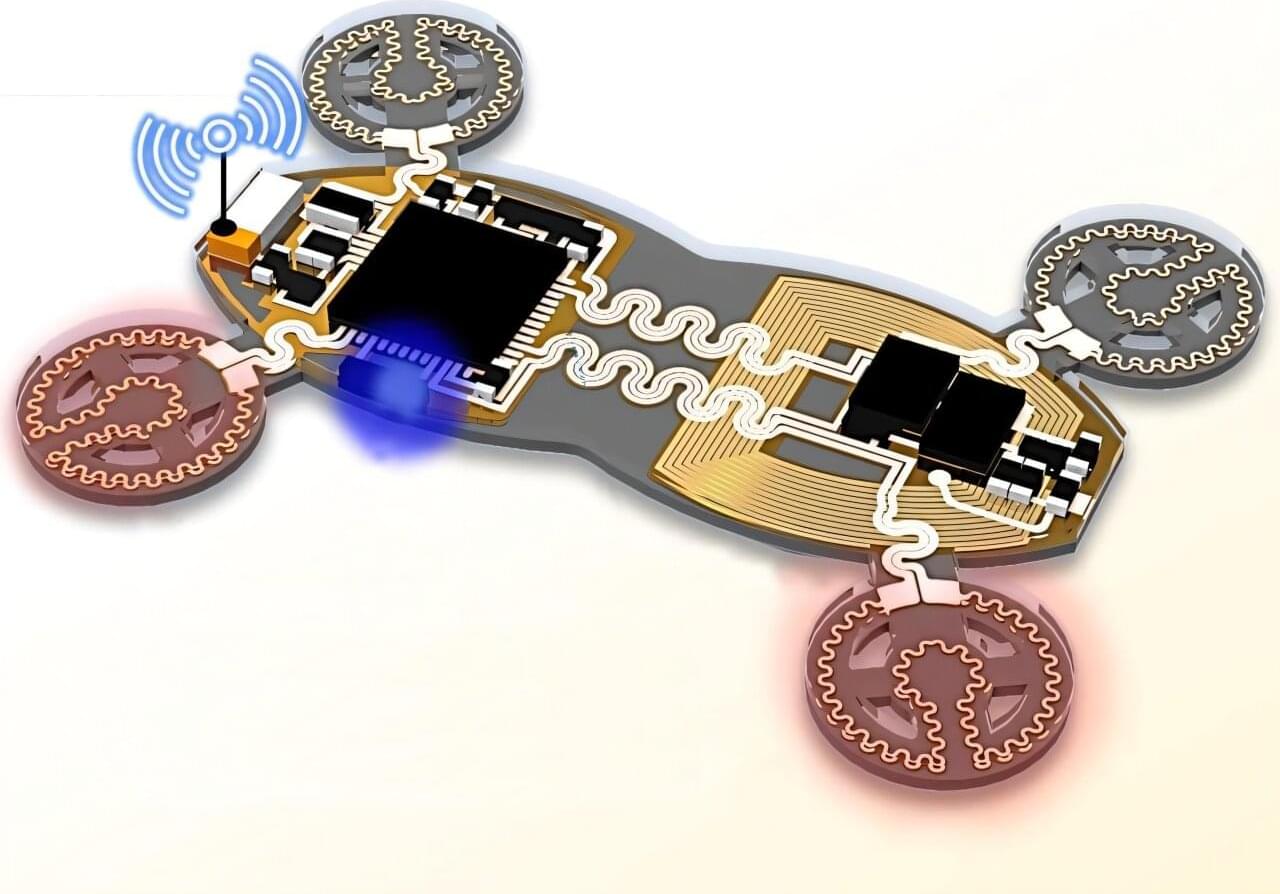
A tiny, soft, flexible robot that can crawl through earthquake rubble to find trapped victims or travel inside the human body to deliver medicine may seem like science fiction, but an international team led by researchers at Penn State are pioneering such adaptable robots by integrating flexible electronics with magnetically controlled motion.
Researchers have succeeded, for the first time, in displaying three-dimensional graphics in mid-air that can be manipulated with the hands. The team includes Doctor Elodie Bouzbib, from Public University of Navarra (UPNA), together with Iosune Sarasate, Unai Fernández, Manuel López-Amo, Iván Fernández, Iñigo Ezcurdia and Asier Marzo (the latter two, members of the Institute of Smart Cities).
“What we see in films and call holograms are typically volumetric displays,” says Bouzbib, the first author of the work. “These are graphics that appear in mid-air and can be viewed from various angles without the need for wearing virtual reality glasses. They are called true-3D graphics.
They are particularly interesting as they allow for the ‘come-and-interact’ paradigm, meaning that the users simply approach a device and start using it.
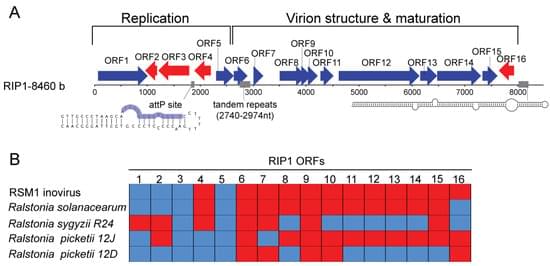
Viruses infecting bacteria (bacteriophages) represent the most abundant viral particles in the human body. They participate in the control of the human-associated bacterial communities and play an important role in the dissemination of virulence genes. Here, we present the identification of a new filamentous single-stranded DNA phage of the family Inoviridae, named Ralstonia Inoviridae Phage 1 (RIP1), in the human blood. Metagenomics and PCR analyses detected the RIP1 genome in blood serum, in the absence of concomitant bacterial infection or contamination, suggesting inovirus persistence in the human blood. Finally, we have experimentally demonstrated that the RIP1-encoded rolling circle replication initiation protein and serine integrase have functional nuclear localization signals and upon expression in eukaryotic cells both proteins were translocated into the nucleus. This observation adds to the growing body of data suggesting that phages could have an overlooked impact on the evolution of eukaryotic cells.
